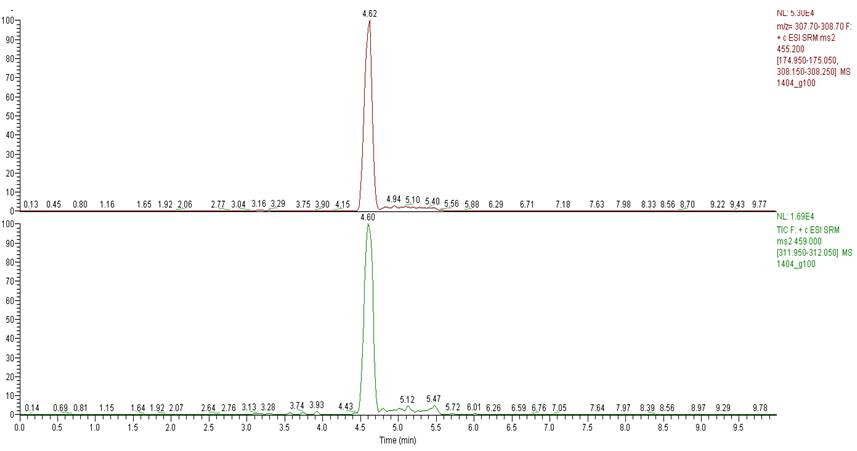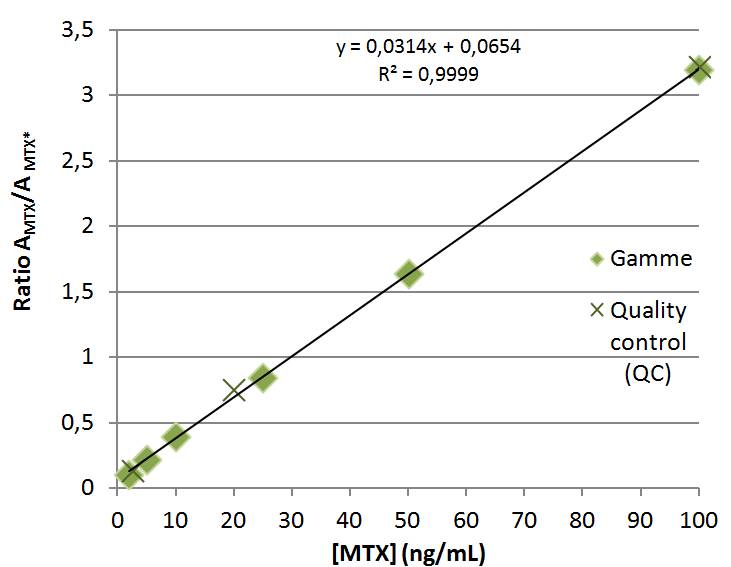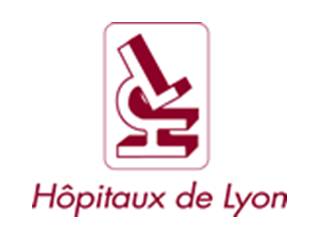|
Introduction
In the 50ís, methotrexate (MTX) was discovered as an anticancer agent. It inhibits cellular enzymes and prevents cells replication. MTX is currently one of the most common drugs in cancerology, but itís also the anchor drug in the treatment of rheumatoid arthritis (RA).
MTX is intracellularly converted to methotrexate poly glutamates (MTXPGs) by folylpolyglutamate synthase (an enzyme) after the entry into the cells. Furthermore, a large panel of patients experienced MTX related side effects including gastrointestinal disturbances, alopecia (hair loss)Ö
The study of the internship is based on low-dose of MTX, against RA, psoriasis or autoimmune diseases. A very sensitive and simple method has to be found, thanks to the LC-MS/MS, to measure low concentrations: 1 to 100 ng/mL.
Experimental conditions
The compound was quantified by liquid chromatography/tandem mass spectrometry (LC-MS/MS) with electrospray ionization in positive mode.
Firstly, molecules in whole blood were extracted by liquid-liquid extraction. MTX was serially diluted with methanol/water (80/20) to obtain the first calibration working standard solutions. Then, they were dissolved (by 20) into whole blood to concentrations of 1, 2, 5, 10, 25, 50 and 100ng/mL. A precipitation by TCA was realized. The supernatant (500μL) was transferred to another tube. The organic solvent: ethyl acetate was added. After vortexing and centrifuging the solution, the organic phase was evaporated. Finally the residues were dissolved in 200μL of mobile phase.
The second option was to extract molecules thanks to Solid Phase Extraction (SPE). Itís less complicated than the liquid-liquid extraction. The working standards solutions were dissolved into plasma this time. Then, methanol was used to condition the cartridge and elute the compound (wash by methanol 5%).
Results
Thanks to the parameters of the MS, we could obtain this chromatogram. Itís an example of the concentration of 100 ng/mL, but we have the same for all standard solutions.
The graph shows that the result of calibration is correct and also the QC (low, medium, high) are in correlation with the standard curve. Thatís why; controls can be aliquoted and used for the future validation of the method.
Conclusion
As a conclusion, the liquid-liquid extraction (LLE) is complicated because both solvents for the precipitation of blood and an organic solvent for extraction have to be found. Using SPE is easier than LLE; less parameters have to be optimized.
In spite of a low efficiency, these two extraction methods could be used for measuring MTX.
|
|

Chromatogram of MTX (red) and MTX* (green) at 100ng/mL

Standard curve of the methotrexate and quality control (QC)
|




